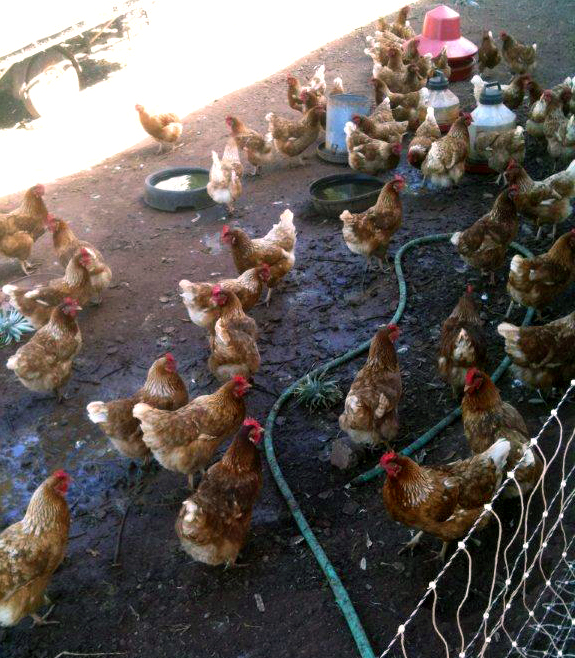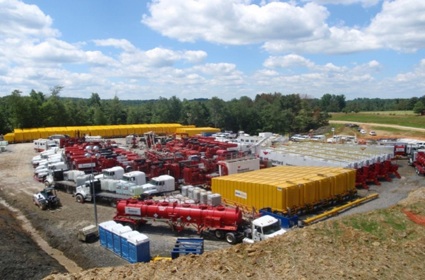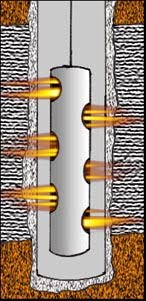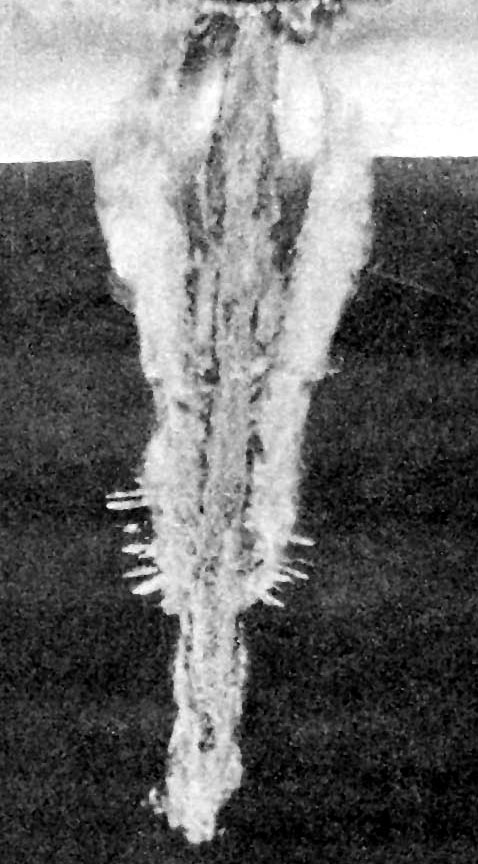I thought that I would revisit a post I did on my first impressions of the Peak Oil conference in Denver this past October. I have added comments to the post I did back then. My new comments are in italics.
Examining Energy Alternatives
I learned something interesting at the Peak Oil Conference I’m currently attending in Denver. It’s about a pattern. When U.S. oil costs exceed four percent of the gross domestic product – so, when the price of oil hits $80 per barrel – we go into recession. (Note that this does not mean oil prices won’t go even higher than $80 per barrel.)
I think that investors are very reluctant to bet against the pattern above. They know that at some point above 4 percent GDP, they will be playing with fire. Last July’s oil price of $147 and the immediate collapse is fresh in their memories as something that can happen. So we watch as the stock market and oil prices twist themselves into a pretzel, according to the strength of the U.S. dollar, the strength of the Chinese economy, the cold winter, the status of Iraq, the riots in Iran, and on and on.
We should be paying attention to the actual supply situation. The natural decline rate of the oil supply is between 5 and 6 percent. That means we need to find 4.5 million gallons per day of new oil supplies — every year — or we are going to be short.
Right now, we have more than enough oil. But Jeff Rubin, former chief economist of CIBC, predicts $225 per barrel oil by 2012 and with it the end of globalization, a movement towards local sourcing and a need for massive scaling up of energy efficiency.
We need to move to geothermal now, not thirty years from now.
David Murphy talked about Energy Return on Investment (EROI), and I asked him what he thought the EROI is for geothermal. He said around 10 to 1, and he agreed with me that it is an attractive alternative energy to pursue for Hawai‘i. This was the consensus of everyone I asked about geothermal. Because geothermal costs are stable, it’s a no-brainer.
Terry Backer, a panel member and long-time Connecticut legislator, pointed out how he sees the economy unwinding. He said that people in his state had been doing okay. In early 2007, although things were tight, people had around a $400-500 per month cushion. But then the price of heating oil was high in the winter, and then the price of gas went to $4.50 per gallon, and food prices went up too. It just stripped people of their “cushion.”
If the consumers have no extra money they cannot buy things. Elizabeth Warren gave this speech that says it all. (Coincidentally her base year is 1970, the year that oil peaked in the U.S.).
The question is, how do we give the middle class disposable income? Choosing the low cost alternative to fossil fuel can help. We have geothermal, which is this.
It’s exactly why we need to move to geothermal. It will stabilize costs, and protect folks forever from ever-higher electricity and water bills that result from rising oil prices.
We need to force that change, not give a thousand reasons why “no can.” Sure we can try other alternatives. But as farmers always say: “What works, works.” Geothermal works.
We must be careful not to end up like Iceland. Fishing and geothermal worked. But instead they started chasing after finance matters, whose foundation rested on sand. Their economy collapsed and now they are left with fishing and geothermal—the things that still work.
And when people start buying electric vehicles, this will protect them from gasoline costs, too. As for businesses, their customers will have more discretionary income to spend. The government will see fewer folks fall through the cracks.
We probably are going to be dependent on gasoline for transportation for a long time. One practical way for Hawai‘i people to protect themselves from high gasoline costs is to buy hybrid vehicles. In Japan, hybrids are a hit. On the Big Island, the more “base power” that comes from geothermal, the more discretionary income people will have. The more discretionary income people have, the more business prospers and the more jobs are available for people who are raising their families.
In the final analysis it is about the consumers. Consumers drive the economy. We tend to forget that.
For native Hawaiians, the use of the geothermal resource will generate revenues in royalties and possibly rents as well. They are consumers, too.
Biofuels, on the other hand, are not expected to be cheaper than oil, and may even need subsidies from consumers. Why would we do that, when we can instead save consumers money by using geothermal?
By now, everyone must be aware that biofuels are wishing and hoping. We wish it would work. Farmers know that it will be very expensive and that it will take money away from consumers.
We need to put in a cable to O‘ahu. They need base/dispatchable power over there, on top of which they can put solar and wind. Without that, O‘ahu will be hopelessly dependent on oil.
All that is true. But we need to take care of the people on the Big Island before we even consider another option. That point was made abundantly clear at a presentation on geothermal I did for the Keaukaha Community Association. Done right, with community input and community benefit, I’m confident that the people would look favorably on sending power to O‘ahu. But it is a Big Island discussion.
As a farmer, I am concerned about where we are going to get the fertilizer to feed ourselves. Nitrogen, the building block of protein, is extracted from air using high heat and pressure. Oil and gas are what is used now, and that process takes lots of power. But if oil and gas prices rise enough, geothermal power can be substituted. We need to place ourselves in a position to win.
Again, geothermal would generate a lot of royalty money for the Hawaiian people. Without this revenue source, we will see more and more cuts to social services.
I am very encouraged to see that Hawaiians are leading this discussion. This is the right thing to happen.
Geothermal can be a blessing for the Hawaiian people.
If we can maximize its use as a resource for the native Hawaiian people, we will also strengthen our middle class. If we do that our businesses will flourish, everybody will benefit and our future will be hopeful








